The Bamboo Seed
Zinnia Seeds - Double
Zinnia Seeds - Double
Couldn't load pickup availability
Whirligig Zinnia Seeds for Sale
- Qty 50+ Double Zinnia Seeds
- Zinnia elegans seeds
- USDA zones 3-10
- Annual flower seeds
- Zinnia seeds
- Cold hardy plants
-
Flat rate shipping
Whirligig Double Zinnia Flower Seeds
Double zinnias are annual flowering plants that belong to the daisy family, Asteraceae. These plants typically grow to a height of 12 to 24 inches and feature attractive, bright green foliage that serves as a backdrop for their stunning salmon colored blooms. The flowers of Whirligig mix zinnias are daisy-like, with a central disc surrounded by petals that radiate outward. Zinnias are known for their prolific blooming habit, producing an abundance of flowers throughout the growing season. Zinnias thrive in full sun and well-drained soil and can be grown from seed or transplanted as seedlings. With proper care, these beautiful Whirligig zinnia flowers can add a touch of elegance to any garden or landscape.
Growing Zinnia Flowers from Seed
Zinnias are popular among gardeners for several reasons. First and foremost, they are easy to grow and maintain, making them an excellent choice for novice gardeners or those looking for low-maintenance plants. They are also highly versatile, coming in a wide range of colors, shapes, and sizes, which allows gardeners to create unique and colorful displays. Additionally, zinnias attract pollinators like butterflies and bees, making them beneficial for the overall health of a garden ecosystem. Furthermore, zinnias have a long blooming season, often lasting from early summer until the first frost, providing a continuous display of vibrant flowers. Lastly, they are relatively disease-resistant, meaning they can withstand common garden pests and diseases, making them a reliable choice for gardeners looking for a fuss-free flower.
Planting Zinnia Seeds for Garden Flowers
Zinnias are sun-loving plants and thrive in full sun, so the best locations to plant them are areas that receive at least 6 to 8 hours of direct sunlight per day. Here are some optimal locations where you can plant zinnia flowers:
Garden Beds: Zinnias make excellent bedding plants and can be planted in garden beds. Choose a spot in your garden that receives plenty of sunlight throughout the day.
Border Plantings: Plant zinnias along the borders of your garden or landscape for a colorful display. They can provide a vibrant border for other plants or define the edges of a garden bed.
Containers: Zinnias can be grown in containers, including pots, hanging baskets, or window boxes. Place the containers in sunny locations on patios, balconies, or decks.
Cutting Gardens: If you enjoy fresh-cut flowers, consider planting zinnias in a cutting garden. This dedicated space allows you to grow zinnias specifically for cutting and arranging into bouquets.
Pollinator Gardens: Zinnias attract pollinators like butterflies and bees, so consider planting them in a pollinator garden to support local pollinator populations.
Urban Gardens: Zinnias are well-suited for urban gardens, including rooftop gardens, community gardens, and small spaces. Their compact growth habit and ability to thrive in containers make them a great choice for city dwellers.
Remember to provide well-drained soil and adequate water to your zinnias, as they prefer slightly moist but not waterlogged conditions. With proper care and the right location, your zinnias should reward you with beautiful blooms throughout the growing season.
Zinnia Seed Germination
Germinating zinnia seeds is a straightforward process, and you can follow these steps to ensure successful germination:
Select a Suitable Container: Choose a container with good drainage. Seed starting trays or small pots are ideal for this purpose. Ensure that the container is clean and sterilized to prevent disease.
Prepare the Soil: Use a well-draining seed-starting mix or a combination of peat moss and perlite. Fill the container to within about 1/2 inch of the top.
Moisten the Soil: Water the soil until it's evenly moist but not waterlogged. Allow excess water to drain out.
Sow the Seeds: Place the zinnia seeds on top of the soil, spacing them about 1 inch apart. Lightly press the seeds into the soil, but do not cover them with additional soil as zinnia seeds need light to germinate.
Cover the Container: Cover the container with a clear plastic dome or plastic wrap to create a mini greenhouse effect. This helps to retain moisture and warmth, which aids germination.
Provide Adequate Light and Temperature: Place the container in a warm, brightly lit area. Ideal temperatures for germinating zinnia seeds are between 70-80°F (21-27°C). A sunny windowsill or under grow lights works well.
Keep the Soil Moist: Check the soil moisture regularly and water when the top of the soil feels dry. Avoid overwatering, as this can lead to fungal issues.
Remove the Cover: Once the seeds have germinated and small seedlings have emerged (usually within 7-10 days), remove the plastic cover to prevent excessive humidity and encourage air circulation.
Transplant the Seedlings: When the seedlings have developed a couple of true leaves and are about 2-3 inches tall, they can be transplanted into larger containers or directly into the garden, spacing them according to the variety's recommendations.
Provide Adequate Care: Continue to water the seedlings regularly, ensuring that the soil remains evenly moist. Zinnias prefer full sun and well-drained soil. Fertilize with a balanced fertilizer every 2-3 weeks.
With proper care and attention, your zinnia seeds should germinate and grow into healthy plants that will reward you with beautiful blooms.
Seeds for Zinnia elegans Flowering Plants
Planting Zinnia elegans seeds can be a delightful addition to any garden for several reasons. Firstly, these flowers come in a wide variety of colors, shapes, and sizes, providing endless opportunities for creative garden designs. Whether you're looking for a bold statement or a subtle accent, there's a Zinnia elegans variety to suit your preferences.
Zinnia elegans flowers are easy to grow, making them an excellent choice for novice gardeners or those with limited time and resources. They thrive in full sun and well-drained soil and are relatively low-maintenance, requiring only regular watering and occasional fertilization. Furthermore, Zinnia elegans flowers attract pollinators like butterflies and bees, making them beneficial for the overall health of your garden ecosystem. Whether you're planting them in garden beds, containers, or cutting gardens, Zinnia elegans seeds can bring beauty and vibrancy to your outdoor space throughout the growing season.
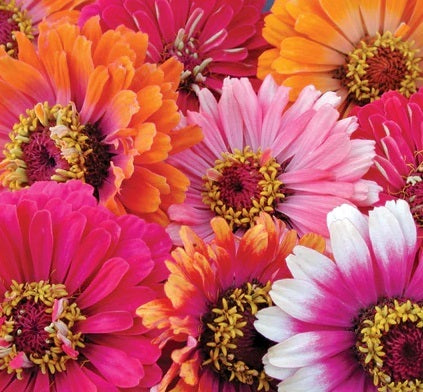
Collections
-

All Bamboo Seeds for Sale
Welcome to our catalog of bamboo plant seeds for sale including clumping...
-
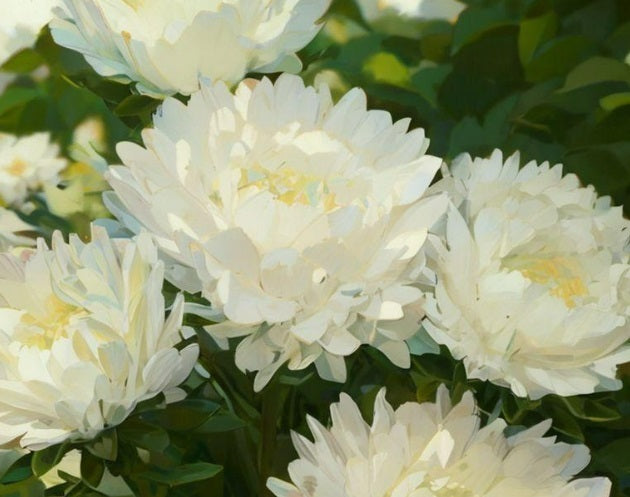
All Flower Seeds
All of our 2025 flower seeds are sold out. Please check back...
-
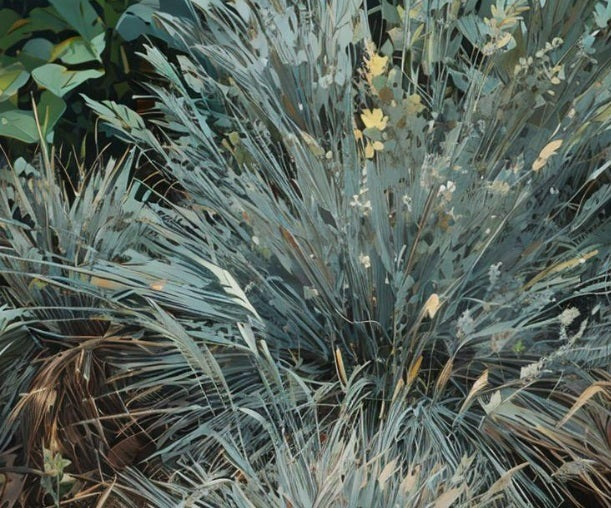
All Ornamental Grass Seeds
Grass has finally come into its own as a garden landscape centerpiece....
-
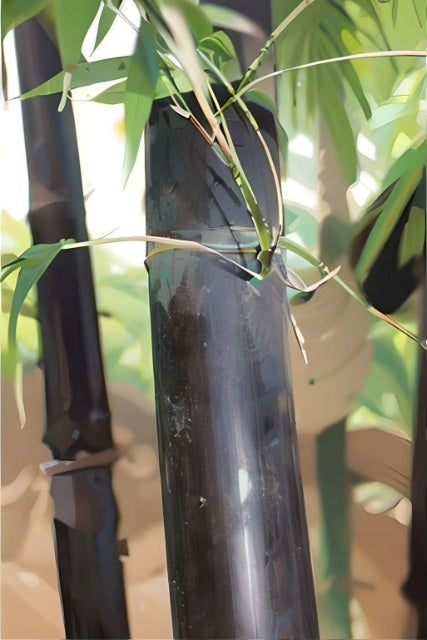
Black Bamboo Seeds
Consider Black Bamboo seeds for eye-catching bamboo varieties with lustrous black, dark...
-
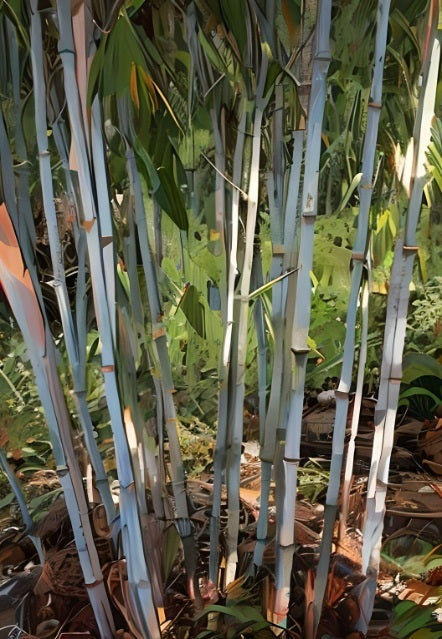
Clumping Bamboo Seeds
Clumping bamboo species grow in dense clumps or clusters that are naturally...
-
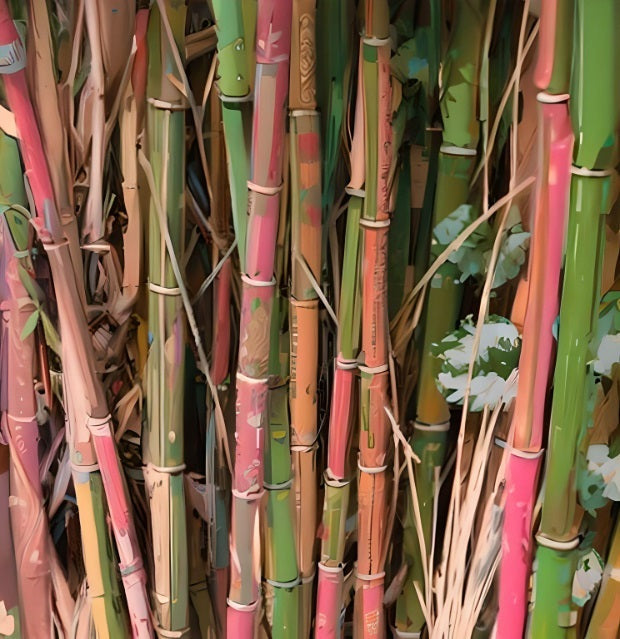
Cold Hardy Bamboo Seeds
A selection of cold resistant bamboo seeds for hardy bamboo able to...
-
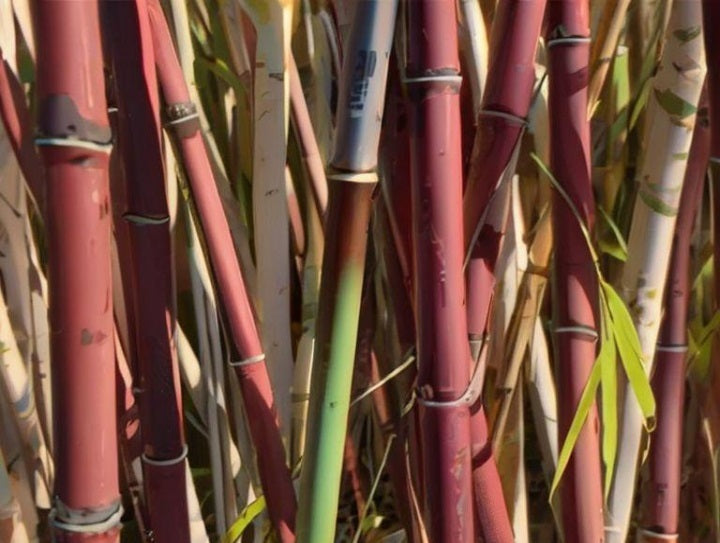
Fargesia Bamboo Seeds - Clumping and Cold Hardy
Buy bamboo seeds for beautiful cold hardy and clumping Fargesia bamboo. Our...
-
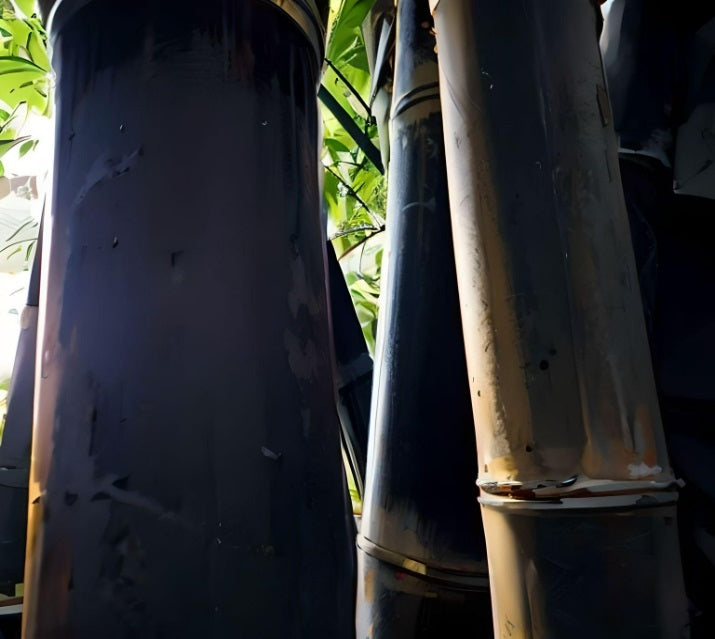
Giant Bamboo Seeds
When you're looking for impressive size with ample shade below, consider fastest...
-
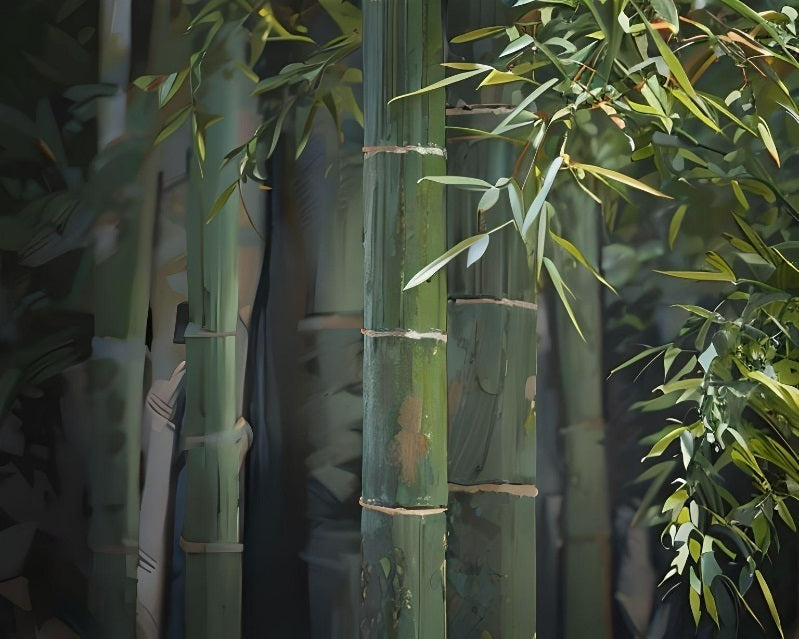
Running Bamboo Seeds
Running bamboo spreads through underground runners, known as rhizomes. These rhizomes can...
-

Tropical Bamboo Seeds
Our curated selection of tropical bamboo seeds best suited for planting in...











